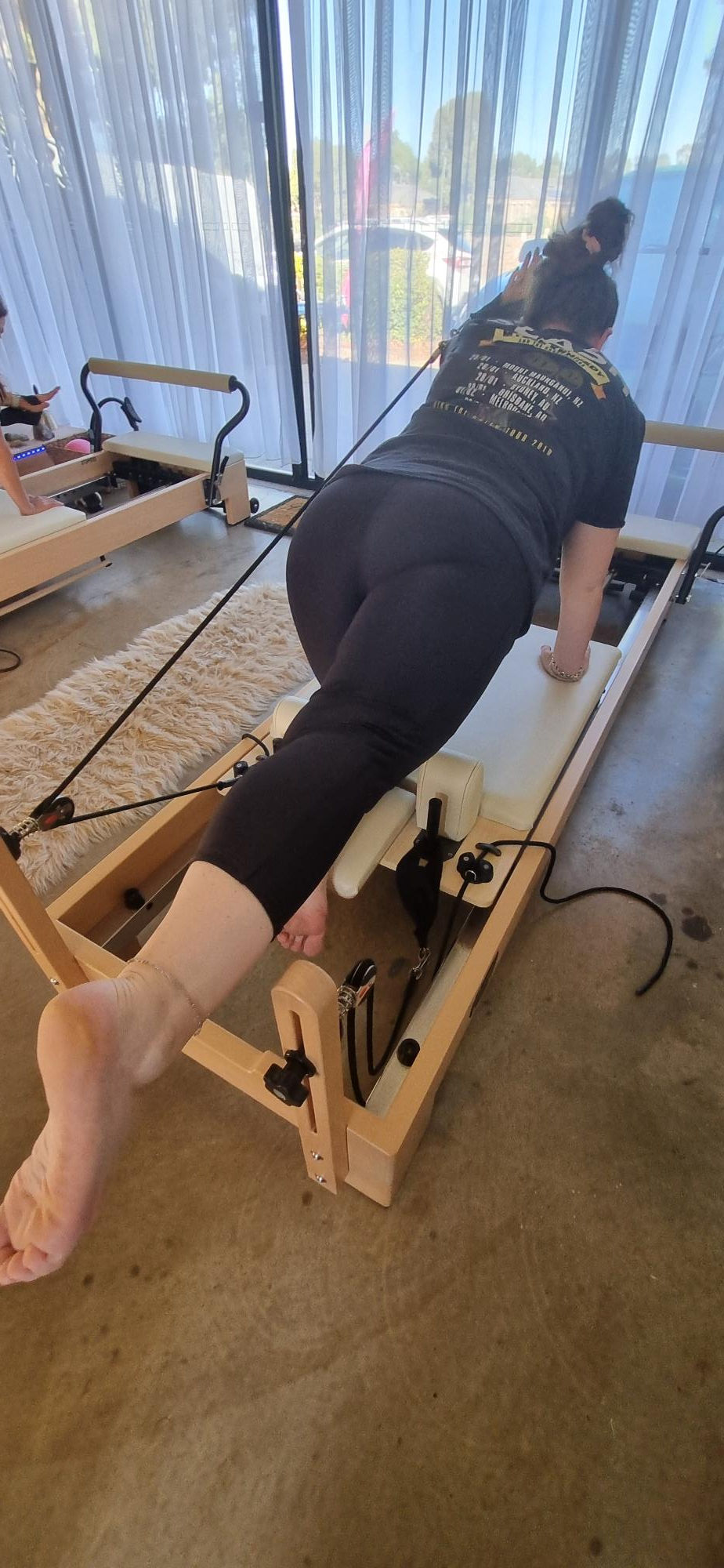Pelvic Floor Health: Why It Matters for Every Woman
- Karen Davis

- Mar 25
- 3 min read
This is for you if you’re a woman—whether you have a period, don’t have a period, are pregnant, have given birth, are sexually active, or are going through menopause or perimenopause.
Let’s dive into what your pelvic floor is and why it’s so important.
What Is the Pelvic Floor?
Think of your pelvic floor as a hammock of muscles at the bottom of your pelvis. It stretches from your pubic bone at the front to your tailbone at the back. This powerhouse of muscles supports vital organs, including your uterus, bladder, and bowel.
Your pelvic floor is involved in essential everyday functions—peeing, pooping, menstruating, and sexual activity. It’s also activated during breathing, lifting, exercising, and other movements throughout your day.
Common Pelvic Floor Issues
Many women experience pelvic floor dysfunction, and it can present in two primary ways:
✅ Tight Pelvic Floor: This can cause pain, difficulty with bowel movements, and discomfort during sex.
✅ Weak Pelvic Floor: Often leading to urinary leakage—a common issue during postpartum recovery and menopause.
1. Leaking Urine (Incontinence)
Urinary leakage can happen at any age or stage of life. Pregnancy and hormonal changes during menopause can weaken pelvic floor muscles, causing bladder pressure and a lack of support. Many women are diagnosed with a grade 1 prolapse, where the bladder starts to push against the vaginal wall.
💡 Tip: Avoid high-intensity exercises like running or power walking too soon after childbirth. Stick to gentle activities to allow your pelvic floor to heal.
2. Painful Sex
A tense pelvic floor can cause discomfort during intercourse. It may also lead to abdominal pain, hip pain, or difficulty inserting tampons.
💡 Tip: If you’re experiencing pain, consider visiting a pelvic floor physiotherapist for diagnosis and personalized treatment.
How to Identify a Weak vs. Tight Pelvic Floor
It’s crucial to know which type you’re dealing with:
Weak Pelvic Floor: Focus on strengthening with controlled exercises.
Tight Pelvic Floor: Prioritize relaxation techniques like breathwork and stretching.
How to Strengthen Your Pelvic Floor
A common strengthening exercise is the Kegel:
Sit up straight and imagine squeezing and lifting as if you’re stopping yourself from peeing or passing gas.
Hold the contraction for a few seconds, then release.
✅ Aim for 3 sets of 10 repetitions daily.
Other gentle, supportive exercises include:
Bridges: Engage your glutes and pelvic floor as you lift your hips.
Lunges and Squats: Focus on lifting through your pelvic muscles as you rise.
How to Relax a Tight Pelvic Floor
If your pelvic floor is too tight, practice relaxation instead of strengthening.
Relax When You Pee: Avoid pushing—let your body release naturally. If needed, lean slightly forward to encourage flow.
Poop Comfortably: Use a small stool under your feet to mimic a squat position, reducing strain.
Breathing Techniques: Exhale during exertion (e.g., lifting groceries) to avoid intra-abdominal pressure.

Postpartum Pelvic Floor Care
Most first-time mothers (about 90%) experience a grade 1 prolapse. Gentle walking is beneficial—but avoid high-impact movements for at least 12 weeks postpartum.
A pelvic floor check-in with a specialist around 4–6 weeks after birth can identify concerns early and support your recovery.
Why Reformer Pilates Supports Pelvic Floor Health
Reformer Pilates offers a gentle, effective way to support and restore your pelvic floor. It combines:
Breathwork for muscle relaxation
Resistance training for controlled strengthening
Functional movements to rebuild core stability
By improving your pelvic floor function, you’ll experience:
✨ Better sex ✨ Less leaking ✨ Greater confidence in daily activities
If you’re ready to improve your pelvic floor health, I’m here to guide you every step of the way. Let’s work together to support and strengthen your body from the inside out!



Comments